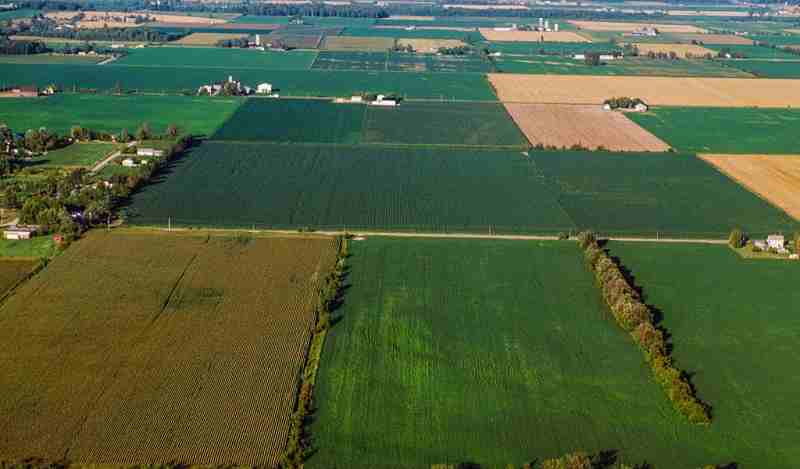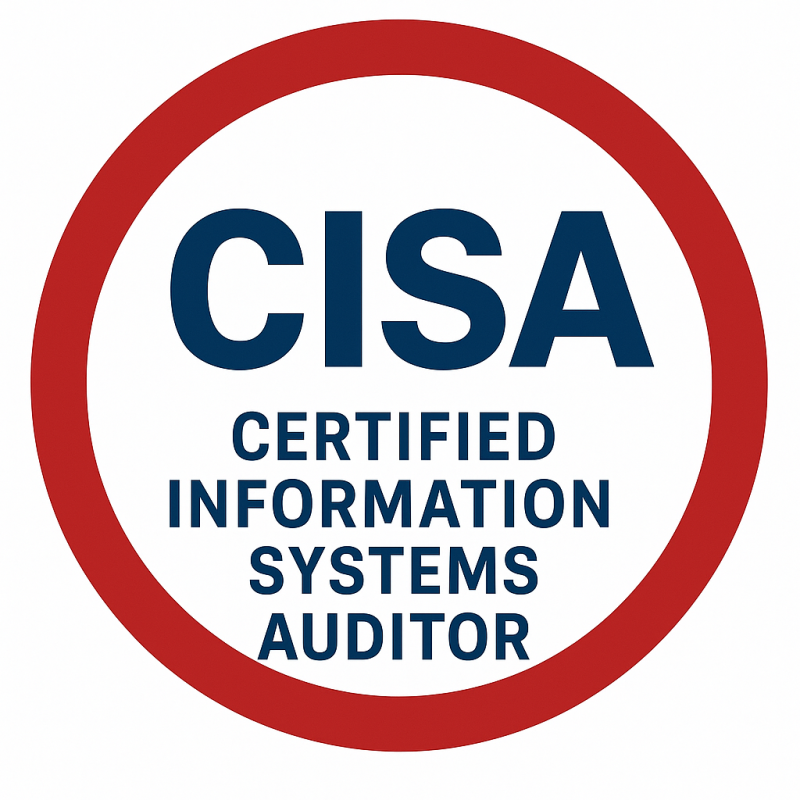Education
Risks and Challenges of Investing in Agricultural Land

Investing in agricultural land can be a lucrative opportunity, offering long-term wealth accumulation and potential passive income. However, like any investment, it comes with inherent risks and challenges that investors must consider before making a purchase. From fluctuating market conditions to legal issues and environmental concerns, agricultural land investment requires careful planning and due diligence. In this article, we will explore the various risks and challenges associated with investing in farmland and how investors can mitigate them.
1. Market Volatility and Price Fluctuations
The value of agricultural land is influenced by supply and demand, interest rates, and market conditions. Land prices can be highly volatile, fluctuating based on economic conditions, crop prices, and regional demand. Investors should conduct thorough market research before purchasing land to assess historical price trends and future projections.
Mitigation Strategies:
- Diversify investments to minimize risk.
- Monitor agricultural market trends and forecasts.
- Consider long-term holding strategies instead of short-term speculation.
2. Climate Change and Environmental Factors
One of the biggest risks in agricultural land investment is climate change. Unpredictable weather patterns, droughts, floods, and soil degradation can impact crop yields and reduce land productivity. Environmental regulations and conservation efforts may also affect farming practices.
Mitigation Strategies:
- Invest in regions with stable climates and reliable irrigation systems.
- Implement sustainable farming practices to protect soil health.
- Consider crop insurance to cover potential losses.
3. Legal and Regulatory Risks
Agricultural land investments are subject to various legal and regulatory requirements, including zoning laws, water rights, and environmental restrictions. Investors must ensure compliance with local, state, and national regulations to avoid potential legal issues.
Mitigation Strategies:
- Conduct thorough due diligence before purchasing land.
- Consult legal experts to understand zoning laws and property rights.
- Stay informed about changes in agricultural policies and land use regulations.
4. Access to Infrastructure and Resources
Investors need to consider access to essential infrastructure, such as roads, electricity, and water supply. Land in remote locations may face logistical challenges, increasing operational costs.
Mitigation Strategies:
- Invest in land with existing infrastructure or potential for development.
- Assess proximity to markets and transportation networks.
- Explore alternative housing solutions like mobile homes for sale under $50,000 for farmworkers.
5. Financing and Investment Risks
Purchasing agricultural land often requires significant capital, and securing financing can be challenging due to fluctuating land values and strict lending requirements. Interest rate changes and economic downturns can also impact the return on investment.
Mitigation Strategies:
- Explore various financing options, including agricultural loans and grants.
- Maintain a strong financial plan with a diversified investment portfolio.
- Consider leasing land instead of purchasing to reduce initial capital investment.
6. Operational and Management Challenges
Managing agricultural land requires knowledge of farming practices, crop management, and labor availability. Investors without farming experience may struggle to maximize land productivity.
Mitigation Strategies:
- Hire experienced farm managers or partner with local farmers.
- Invest in agricultural technology to improve efficiency.
- Educate yourself on farming techniques and industry best practices.
7. Market Demand and Commodity Prices
The profitability of agricultural land depends on the demand for crops, livestock, and other farm products. Fluctuating commodity prices can impact revenue, making it crucial for investors to analyze market demand before investing.
Mitigation Strategies:
- Diversify crop production to reduce dependency on a single commodity.
- Establish contracts with buyers to secure stable prices.
- Stay updated on global agricultural market trends.
8. Land Degradation and Soil Quality
Over-farming, deforestation, and poor agricultural practices can degrade soil quality, reducing land value and productivity over time.
Mitigation Strategies:
- Implement crop rotation and soil conservation techniques.
- Invest in land with high soil fertility and proper irrigation systems.
- Use organic farming methods to maintain long-term sustainability.
9. Political and Economic Risks
Government policies, trade restrictions, and economic instability can impact agricultural investments. Changes in taxation, import/export laws, and land ownership policies may affect profitability.
Mitigation Strategies:
- Stay informed about local and international agricultural policies.
- Diversify investments across different regions to minimize risk.
- Work with local authorities to ensure compliance with regulations.
Conclusion
While investing in agricultural land offers potential long-term rewards, it comes with numerous risks and challenges. Market volatility, climate change, legal constraints, and infrastructure limitations can impact profitability. However, by conducting thorough research, implementing sustainable practices, and considering innovative solutions, investors can mitigate risks and enhance the value of their agricultural investments. By adopting a strategic approach and staying informed about market trends, investors can make well-informed decisions and maximize their returns in the agricultural sector.
Source:
Click for the: Full Story
You might like













 Close Menu
Close Menu